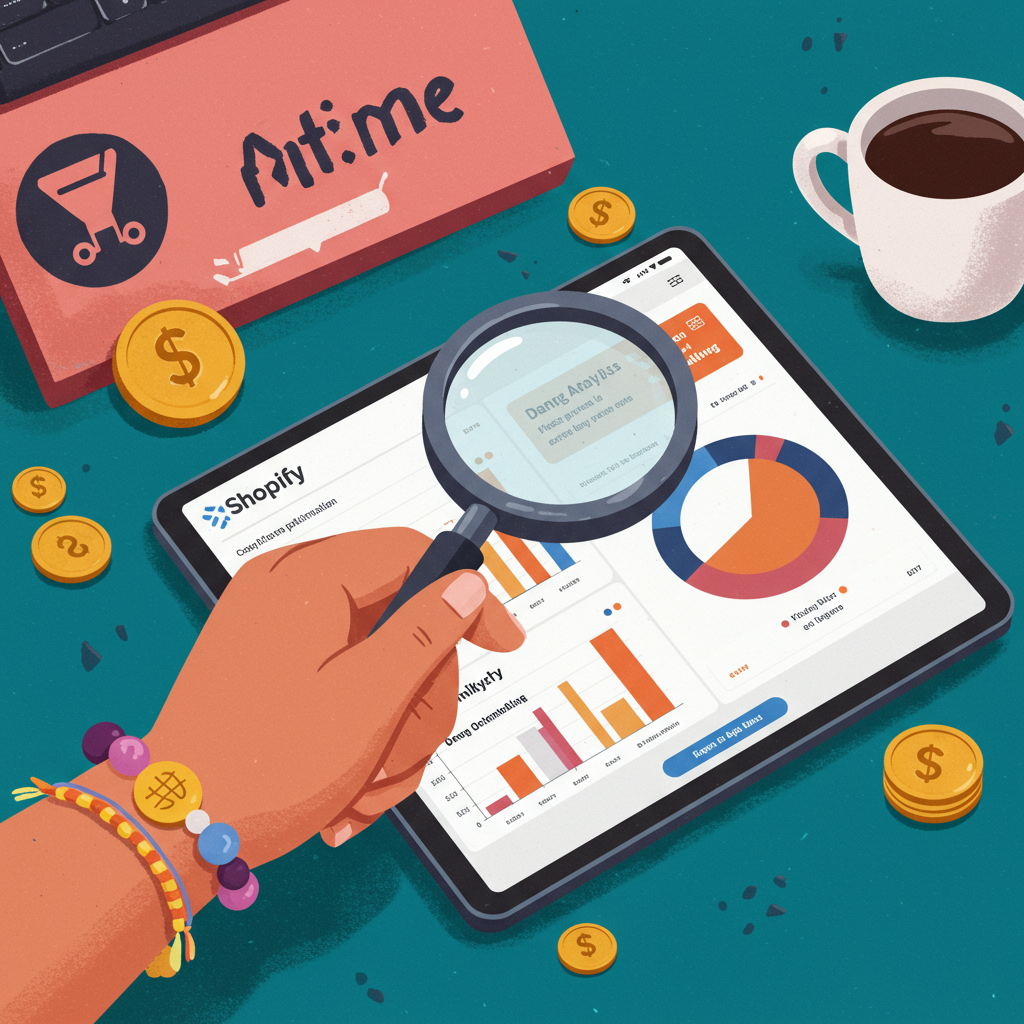Unlock Your Store’s Full Potential with Strategic Pricing Techniques
As a Shopify merchant, you know that getting your products in front of customers is only half the battle. The other, equally critical half, is setting the right price.
Pricing isn’t just a number; it’s a powerful lever that directly impacts your sales volume, profit margins, and even your brand perception in the competitive e-commerce landscape.
Many merchants, especially those new to online retail, often default to simple cost-plus pricing or just mimic competitors. While these approaches have their place, true optimization goes much deeper.
In this comprehensive guide, I’m going to walk you through various techniques and strategies I’ve seen work wonders for Shopify stores, helping you unlock your full earning potential and build a sustainable business.
**Understanding Your Costs: The Absolute Foundation.** Before you can even begin to think about profit, you must have an ironclad understanding of all your costs. This includes direct costs like materials, manufacturing, and labor.
But don’t stop there. Factor in shipping expenses, packaging materials, payment processing fees, marketing and advertising spend, your Shopify subscription fees, and even your own time if you’re a solopreneur.
A common mistake I’ve observed is underestimating these ‘hidden’ or indirect costs, which can lead to thinner margins than anticipated. Use a detailed spreadsheet or accounting software to track every single expense associated with each product.
**Knowing Your Value Proposition.** Why should a customer choose *your* product over a competitor’s? Is it superior quality, unique design, exceptional customer service, a strong brand story, or perhaps a combination of these?
Your pricing should directly reflect the perceived value you offer. If your product solves a significant problem, provides immense joy, or offers a unique benefit, you can often command a higher price.
**Common Pricing Strategies Explored.** Let’s delve into some fundamental approaches. **Cost-Plus Pricing** is straightforward: calculate your total cost per unit, then add a desired profit margin percentage.
While simple and easy to implement, it doesn’t account for market demand, competitor pricing, or the perceived value of your product. It’s a good starting point but rarely the optimal endpoint for long-term growth.
**Competitive Pricing** involves setting your prices based on what your rivals charge for similar products. This is crucial for highly commoditized goods where customers can easily compare options.
However, blindly matching competitors can lead to destructive price wars that erode everyone’s profits. Always strive to differentiate your offering first, then consider competitor pricing as a benchmark.
**Value-Based Pricing** is where you set prices primarily based on the perceived value to the customer, rather than just your internal costs. This requires deep customer understanding and market research.
If your product saves customers time, makes them money, or significantly improves their lives, its value might be far greater than its production cost, allowing for premium pricing.
**Psychological Pricing Tactics.** These are subtle yet powerful ways to influence customer perception and encourage purchases. **Charm Pricing** (e.g., $9.99 instead of $10.00) makes a price seem significantly lower by focusing on the left-most digit.
**Prestige Pricing** (e.g., $100.00 instead of $99.99) is often used for luxury goods, where a round, higher number conveys exclusivity, quality, and status.
**Anchoring** involves presenting a higher-priced item or original price first, making subsequent, lower-priced items or discounted prices seem like a much better deal. Think ‘originally $X, now $Y.’
**Tiered Pricing and Product Bundling.** Offer different versions of your product or service at varying price points (e.g., basic, premium, deluxe packages). This caters to different customer segments with varying budgets and needs.
Bundling related products together at a slightly reduced combined price can significantly increase your average order value (AOV) and help move inventory more efficiently.
**Dynamic Pricing Strategies.** This involves adjusting prices in real-time based on factors like demand fluctuations, current inventory levels, competitor pricing changes, or even time of day or week.
While more complex to implement manually, certain Shopify apps can help automate dynamic pricing for specific product types, especially those with fluctuating market conditions or limited stock.
**Implementing Subscription Models.** If your product lends itself to recurring purchases (e.g., consumables, digital content, curated boxes), a subscription model can provide predictable, recurring revenue.
Shopify has robust app integrations to manage subscriptions, often allowing you to offer discounts for longer commitment periods, fostering customer loyalty.
**A/B Testing Your Prices.** Don’t guess; test! Use A/B testing tools (some Shopify apps offer this functionality) to show different price points to different segments of your audience.
Track key metrics like conversion rates, average order value, and profit margins for each price point to objectively determine what performs best. This is the essence of data-driven optimization.
**Leveraging Shopify Analytics and Apps.** Your Shopify admin dashboard is a treasure trove of data. Regularly analyze sales reports, customer behavior patterns, and conversion funnels.
Look for patterns: which products sell well at what price? Are customers abandoning carts at a certain price point? These insights are invaluable for refining your strategy.
Explore the Shopify App Store for tools specifically designed for pricing optimization, dynamic pricing, A/B testing, and subscription management. Many can automate complex tasks and provide deeper insights.
**Regular Review and Iteration.** Pricing is not a set-it-and-forget-it task. Markets change, production costs fluctuate, competitor landscapes evolve, and customer perceptions shift over time.
I strongly recommend reviewing your pricing strategy at least quarterly, or whenever there’s a significant shift in your business operations, product line, or the broader market.
**What do you think about these strategies? Have you tried any of them in your Shopify store, or do you have other insights and techniques to share that have worked for you?**
By thoughtfully applying these techniques, you’re not just setting a price; you’re crafting a strategic advantage that maximizes your profitability and strengthens your brand in the highly competitive e-commerce landscape.
Remember, the ultimate goal is to find that sweet spot where your customers feel they’re getting exceptional value, and you’re achieving healthy, sustainable profit margins for your business.






